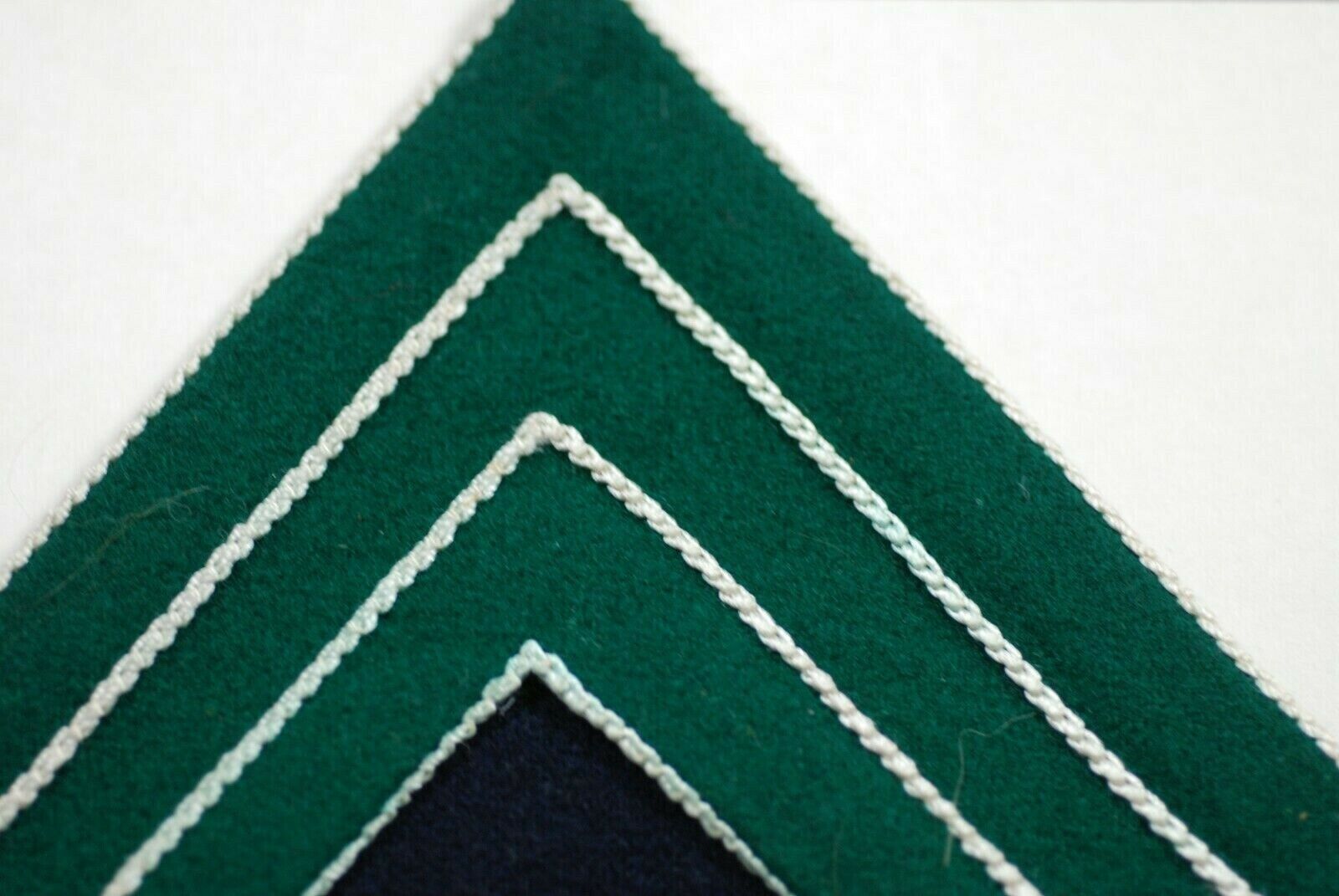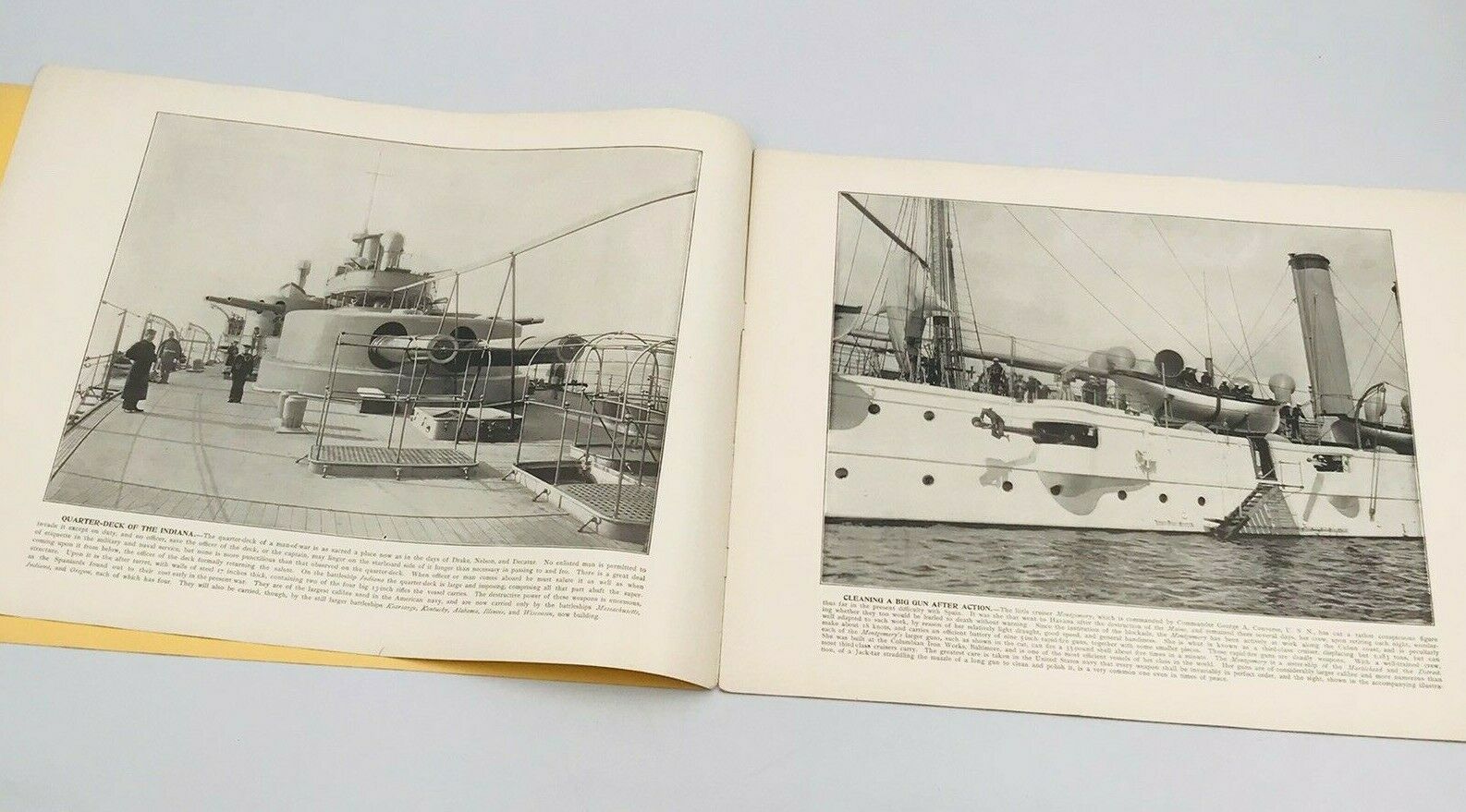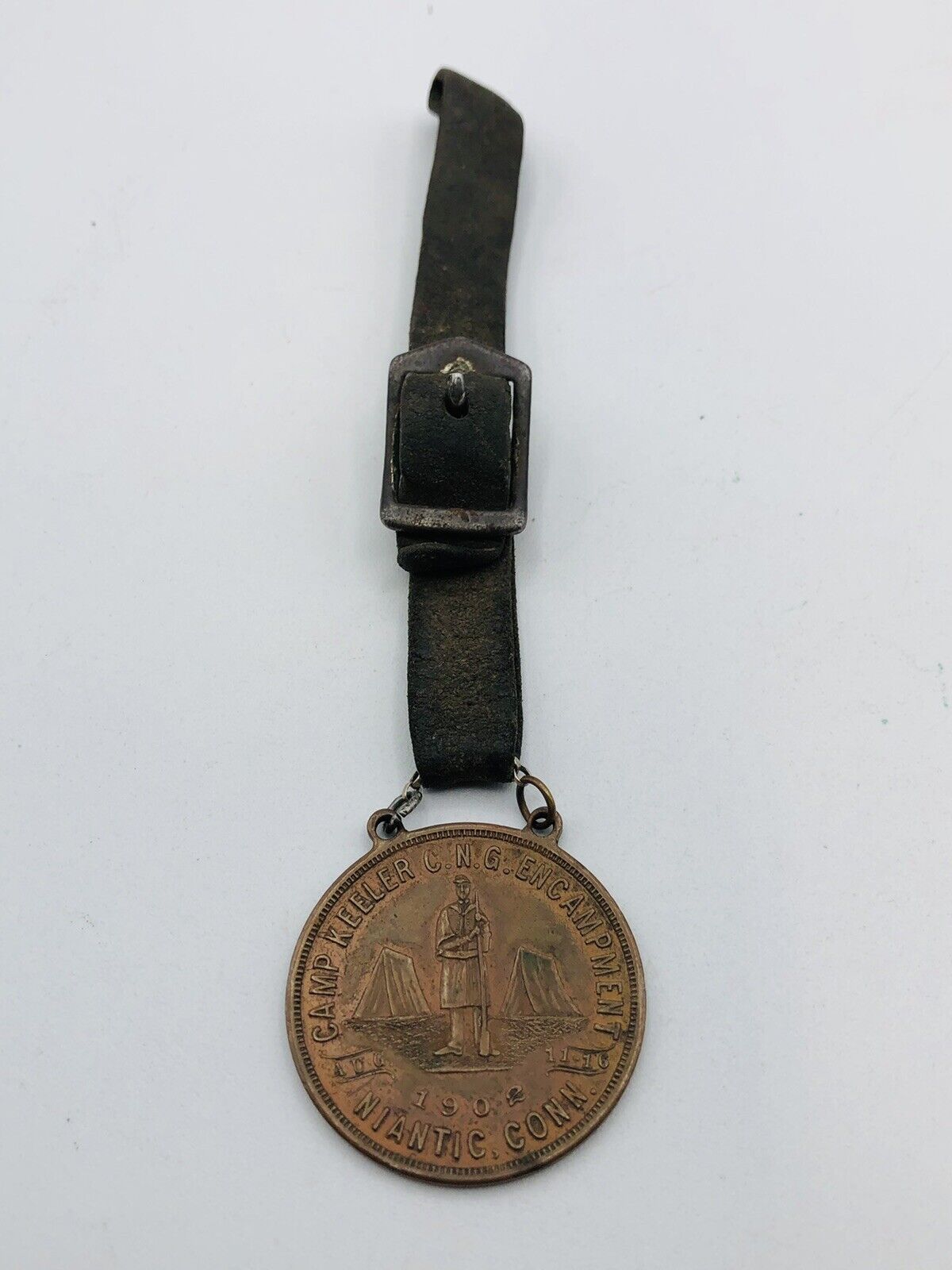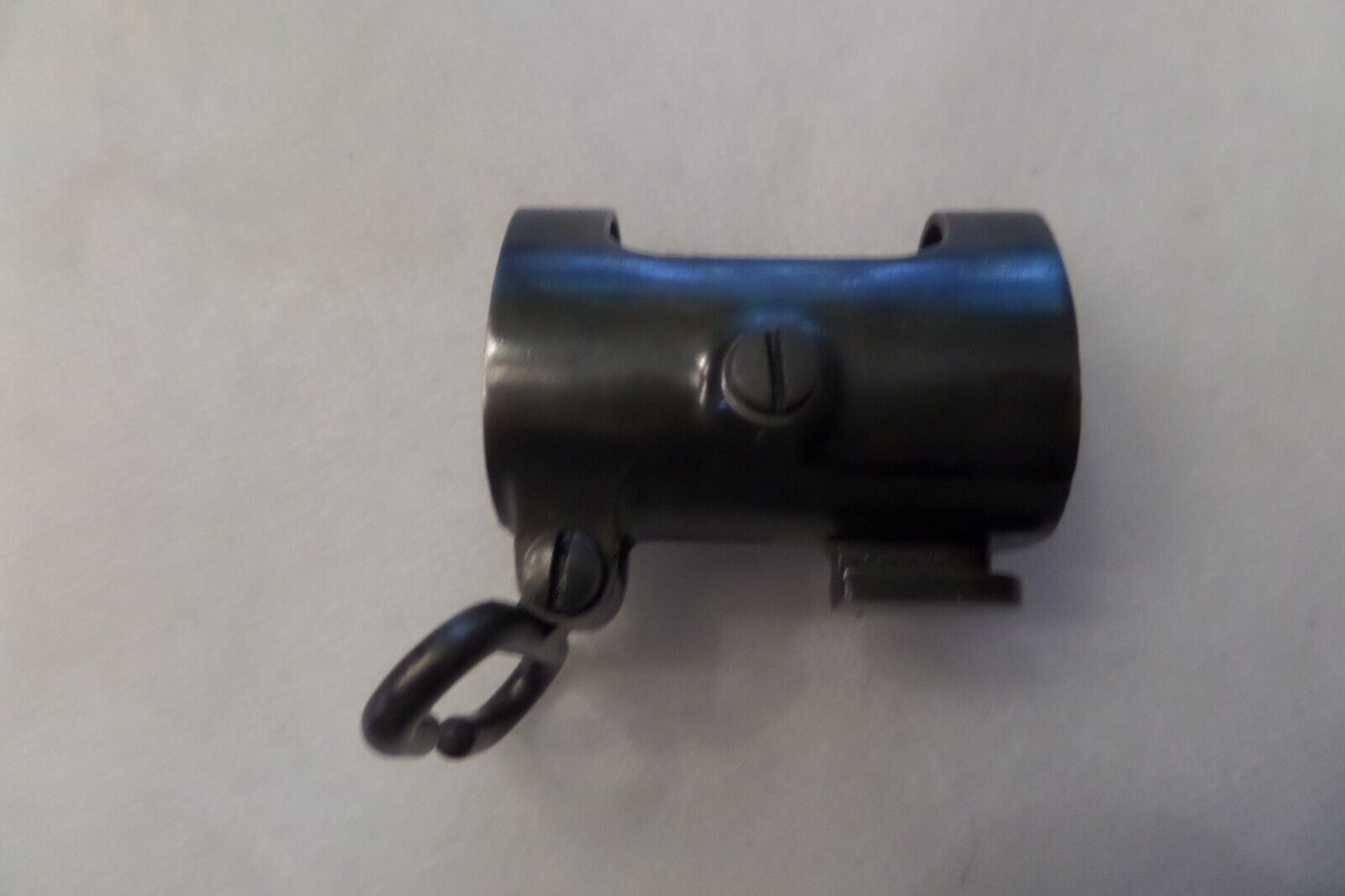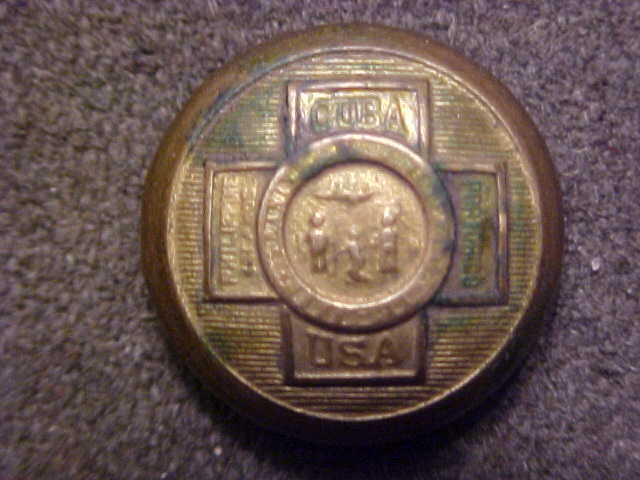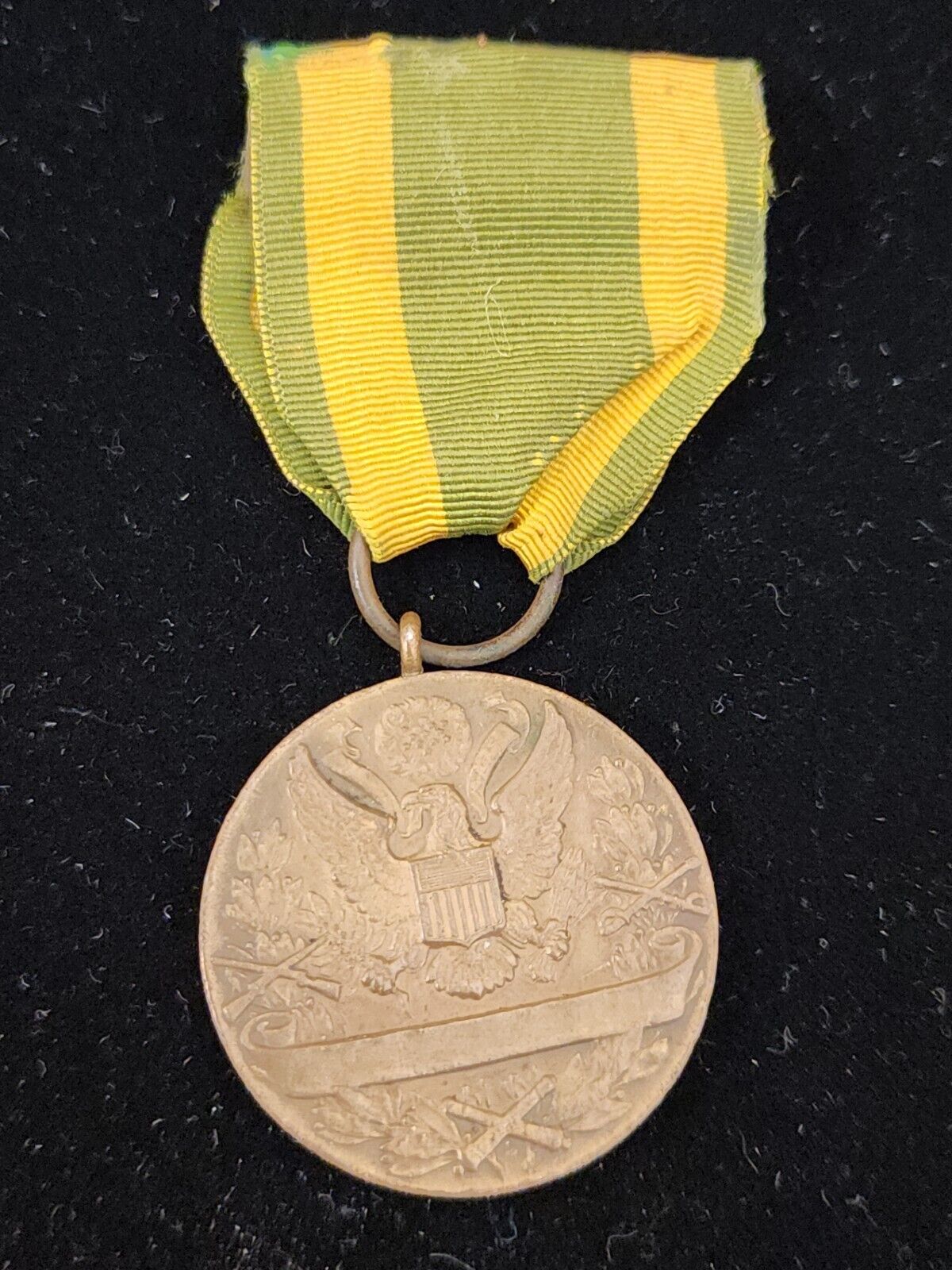-40%
1902 U.S. ARMY ACTING HOSPITAL STEWARD CHEVRON -SEE STORE COMBINE SHIPPING SAVE
$ 7.91
- Description
- Size Guide
Description
PLEASE FOLLOW OUR E BAY STORESEE ALL PICS
SALE
SEE OUR STORE
PLEASE READ WHOLE ADD
ALL ITEMS ARE AUTHENTIC
ALL ITEMS ARE PRICED FAIR
SEE STORE !
United States Army Hospital Corps
From Wikipedia, the free encyclopedia
Jump to navigation
Jump to search
United States Army Hospital Corps
Active
1886 - 1916
Country
USA
Branch
United States Army Medical Department
Type
Enlisted corps
Role
Medical orderlies
,
Field medics
United States Army Hospital Corps
was organized in 1886 in order to recruit and retain competent medical enlisted personnel in the
United States Army Medical Department
for field service in the event of a foreign war. Existing
Hospital Stewards
were not trained to perform duties as field medical personnel. The Corps was recruited from enlisted men who had served one year in the line. After training they were transferred to a
post
where they would be assigned duties as nurse, cook or medical attendant. Privates having served twelve months in the Corps could be recommended for promotion. Having passed an examination they were promoted to Acting Hospital Stewards (Sergeant). Promotion to full Hospital Steward (Sergeant First Class) was possible after one year's service in an acting capacity and after having passed a second and more rigorous examination. The peak strength of the Corps was reached in November 1898, during the
Spanish–American War
, with about 6,000 men serving in the Corps.
[1]
Contents
1
Background and Formation
2
Organization and Ranks
3
Recruitment and Promotion
4
Training
5
Disbandment
6
Gallery
7
References
Background and Formation
[
edit
]
Private of the Hospital Corps with field equipment, 1892.
The hospital corps was organized in order to enlist and retain competent medical personnel below officer rank. Hospital Stewards belonged to the Army Medical Department, performing tasks within the fields of
pharmacy
,
minor surgery
, simple
dentistry
and administration, as well as managing the army's post hospitals. They were enlisted by the Medical Department for service at specific
posts
, and were not trained for field service. The end of the
Indian Wars
being in sight, the U.S. Army at the end of the 1870s began to pay increased attention to the likelihood of a foreign war. The lack of trained medical personnel was seen as a major deficiency in the case of war, and the Surgeon General started a campaign to create an enlisted corps of medical attendants that could be trained for field service. Subsequently, the Congress created the United States Army Hospital Corps in 1886.
[2]
[3]
Organization and Ranks
[
edit
]
Strength of the Hospital Corps 1888-1902
In service, June 30
Hospital Stewards
Acting Hospital Stewards
Privates
Source
1888
155
36
681
[4]
1889
141
50
588
[5]
1891
124
71
530
[6]
1893
122
72
585
[7]
1894
117
75
585
[8]
1899
189
287
2,892
[9]
1900
167
381
3,548
[9]
1901
246
388
3,702
[10]
1902
271
405
3,366
[11]
The Hospital Corps as created in 1886 was to be composed of Hospital Stewards, Acting Hospital Stewards and Privates, the number of which were to be decided by the
Secretary of War
. Enlisted men not belonging to the Corps would not be detailed to medical service. The members of the Corps would perform all enlisted medical services in hospital and in the field.
[12]
In 1896 the Congress fixed the number of hospital stewards to 100. The Corps then had about 100 acting hospital stewards and about 500 privates.
[13]
In 1901, the rank of Lance Acting Hospital Steward was given to prospective hospital stewards during a probationary period, and in 1903 the rank of Corporal was introduced; specifically created for those men who were good leaders but unable to pass the required examinations for promotion.
[14]
In 1903, the ranks of the hospital stewards were put in line with the rest of the army; Hospital Stewards becoming Sergeants First Class, Acting Hospital Stewards becoming Sergeants, Lance Acting Hospital Steward becoming Lance Corporals.
[15]
By 1909, the rank of Private First Class had been introduced, in the proportion not exceeding one to two privates. The Corps then had 300 sergeants first class, 300 sergeants and 20 corporals.
[16]
The largest strength of the Corps occurred during the
Spanish–American War
; in June 1898 it contained 133 hospital stewards, 172 acting hospital stewards and 2,940 privates. The peak was reached in November the same year with about 6,000 men serving in the Corps, although about 22,500 were needed.
[17]
[18]
Recruitment and Promotion
[
edit
]
Strength of the Hospital Corps 1903-1915
In service, June 30
Sergeants First Class
Sergeants
Corporals
Privates First Class
Privates
Source
1903
279
313
10
1,668
762
[19]
1904
274
269
19
1,490
1,028
[20]
1905
275
277
16
1,159
1,333
[21]
1906
290
267
18
1,467
1,154
[22]
1907
266
289
20
1,468
1,276
[23]
1908
277
297
17
1,480
1,460
[24]
1909
299
290
18
1,358
1,345
[25]
1910
274
339
44
1,295
1,266
[26]
1911
285
333
40
1,270
1,330
[27]
1912
262
341
39
2,654
[28]
1913
295
336
38
2,560
[29]
1914
300
399
41
3,135
[30]
1915
299
408
42
3,057
[31]
The Hospital Corps was recruited from enlisted men who had served one year in the line. The accepted candidate then received instruction at a detachment of the Corps, before being transferred to a
post
where he would be assigned duties as nurse, cook or attendant. Privates having served twelve months in the Corps, or graduates in pharmacy having served six months, could be recommended for promotion. Thus recommended were promoted to Acting Hospital Stewards after having passed an examination. Promotion to full Hospital Steward was possible after one year's service in an acting capacity, and after having passed a second and more rigorous examination.
[12]
[32]
In 1909, privates and privates firs class recommended for promotion could be detailed as lance corporals to test their ability to perform the duties of a
non-commissioned officer
. An examination was required in order to be promoted to Sergeant. Sergeants with one year time-in-grade, as well as other members of the Corps having served at least six months as Hospital Stewards of Volunteers during and since the Spanish–American War, could be promoted to Sergeants First Class after having passed a detailed and extensive examination.
[33]
Although the
desertion
rate of the Hospital Corps was only 2% annually, compared to the rest of the Army's 10%, the Medical Department found it difficult to recruit and retain a sufficient number of men in the Corps. Two years after its formation, the Corps still had 135 of 739 slots unfilled. It was especially difficult to find competent
cooks
. Experienced members also transferred to the line, where pay and promotion was better. A pay increase in 1892 led to better quality among the candidates for promotion to Hospital Steward. However, those passing the examination were the most intelligent men, rather than the best leaders.
[34]
Training
[
edit
]
Monthly pay of Enlisted Men 1898
[35]
Rank
First year of enlistment
Fifth year of enlistment
Sixth and subsequent years of enlistment
Hospital Stewards
Acting Hospital Stewards
Privates, Hospital Corps
First Sergeants, Infantry
Sergeants, Infantry
Privates, Infantry
In spite of the objective behind the creation of the Hospital Corps, its members were mainly trained for peacetime tasks. Instructions were given in
cooking
,
horseback riding
,
horse care
,
first aid
,
anatomy
,
physiology
,
nursing
and
pharmacy
.
[36]
In 1909, the training contained a basic course of
discipline
and the duties of a
soldier
,
drill
and field work, animal care and horseback riding, anatomy and physiology, first aid and personal and camp hygiene, and nursing for all candidates, and a complete course for those with special aptitude, which added army regulations, cooking,
Materia medica
and pharmacy, elementary hygiene, and clerical work to the basic course.
[37]
Examination for promotion to Acting Hospital Steward tested the candidates knowledge in the principles of
arithmetic
, in
orthography
and
penmanship
,
regulations
affecting enlisted men, care of sick, ward management, minor surgery, hospital corps drill and first aid, ordinary modes of cooking and elementary
hygiene
, as well as evaluating the candidates
physical fitness
,
moral character
and general
aptitude
.
[38]
The later examination for promotion to Sergeant had the same content.
[33]
Disbandment
[
edit
]
The
National Defense Act of 1916
disbanded the Hospital Corps, its members becoming members in the corresponding grades of the enlisted force of the Army Medical Department.
[39]
[40]
Gallery
[
edit
]
Hospital Steward, 1886.
Hospital Steward's quarters,
Fort Yellowstone
.
Hospital Steward's service coat, 1898.
Rank insignia for Sergeant First Class, 1902–1909.
Rank insignia for Sergeant, 1902–1909.
Hospital Corpsmen in Hawaii, 1908.
